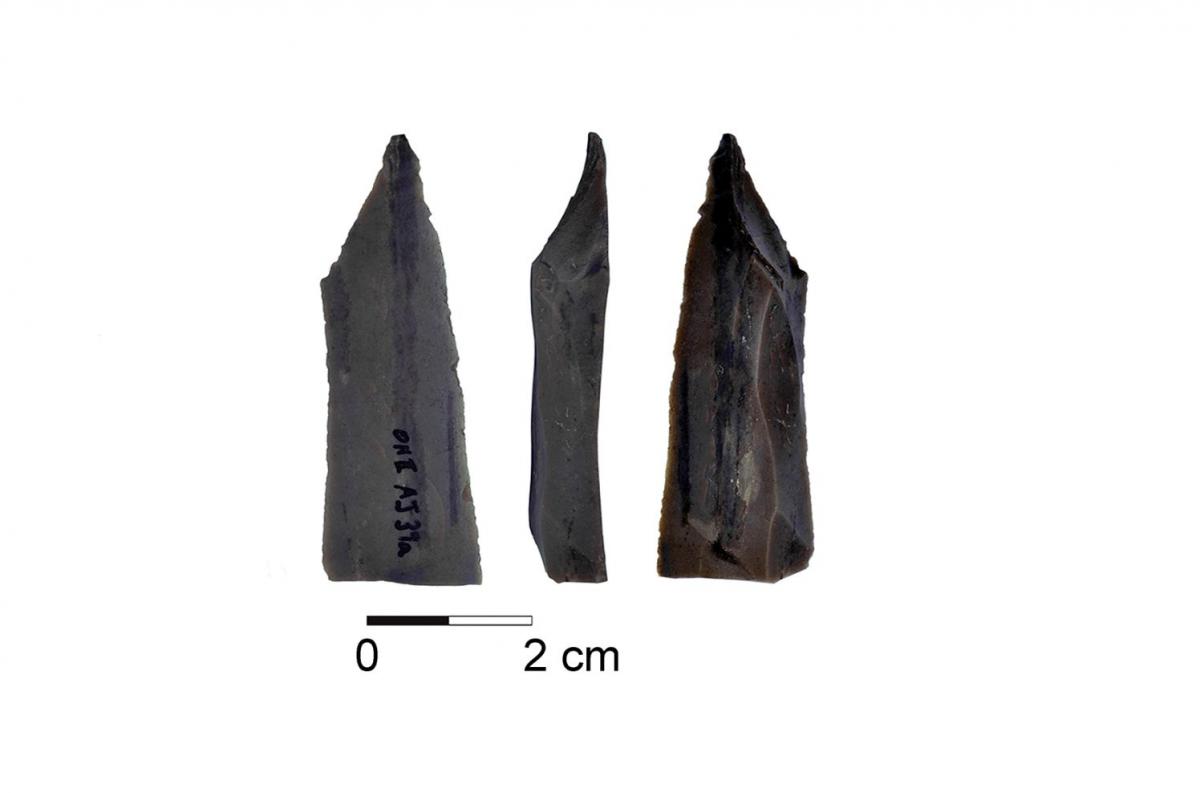At www.haaretz.com/archaeology/1.772111 …. brush huts, grass bedding, charred grains and lots of stone tool have been unearthed by the Sea of Galilee, going back 23,000 years ago (deep into the Late Glacial Maximum). The idea that farming began just 12,000 years ago, in the same general region, is questionable – or is it? The end of the Ice Age came with upheavals in the landscape which included the catastrophic burial of human remains (in France, as a good example). However, the fact that people were harvesting grains (wild or semi domesticated) should be expected during the Palaeolithic period in any case as there is ample evidence to show that hunter gatherer peoples managed their environments prior to farming properly. This is self evident in the Americas (early Maya for example) and Europe (deep into the Mesolithic era) and no doubt was a feature of the Fertile Cresent prior to the Natufian culture.
 …. and this is more or less what Professor Nadel of the University of Haifa says. The economy of the people of Galilee was still focussed on hunting and gathering and grain was one part of their diet (managed). The presence of the bones of water fowl and gazelle suggest hunting was still important, and various plant remains show that gathering fruits and nuts and leaves was also taking place. The lake provided fish and fowl, hence the location, so the presence of grains such as wheat and barley is not sufficient to say these were early farmers. Much the same is said in Stephen Mithen's book 'After the Ice: A Global Human History, 20,000 to 5000BC' but we may wonder why grains in particular were grown. One letter in an SIS journal suggested that grains and grasses were one of the first plants to grow and yield a source of food after landscape fires (which assumes a cosmic involvement in setting the landscape alight). However, barley is used to make beer, an intoxicant. We have also had letters suggesting that alcohol was used in religious or re-enactment ceremonies of catastrophes in order to try and recreate that strange world where ionisation of the air led to light headedness. Drugs and intoxicants may originally have had a religious function – and not just shamanic. The Biblical story of Noah getting drunk shortly after, or during the Flood event, may be relevant. On the other hand, it may not.
…. and this is more or less what Professor Nadel of the University of Haifa says. The economy of the people of Galilee was still focussed on hunting and gathering and grain was one part of their diet (managed). The presence of the bones of water fowl and gazelle suggest hunting was still important, and various plant remains show that gathering fruits and nuts and leaves was also taking place. The lake provided fish and fowl, hence the location, so the presence of grains such as wheat and barley is not sufficient to say these were early farmers. Much the same is said in Stephen Mithen's book 'After the Ice: A Global Human History, 20,000 to 5000BC' but we may wonder why grains in particular were grown. One letter in an SIS journal suggested that grains and grasses were one of the first plants to grow and yield a source of food after landscape fires (which assumes a cosmic involvement in setting the landscape alight). However, barley is used to make beer, an intoxicant. We have also had letters suggesting that alcohol was used in religious or re-enactment ceremonies of catastrophes in order to try and recreate that strange world where ionisation of the air led to light headedness. Drugs and intoxicants may originally have had a religious function – and not just shamanic. The Biblical story of Noah getting drunk shortly after, or during the Flood event, may be relevant. On the other hand, it may not.
The discovery came a few years ago and the site has been under careful investigation since that time. It was found as a result of a receding shoreline as a result of extraction of water from rivers and streams feeding the lake, and as a result of drought (greater evaporation rates). Both Syria and Israel affect the groundwater levels, as much by piping water to cities and towns, as for irrigating fields and orchards etc.
